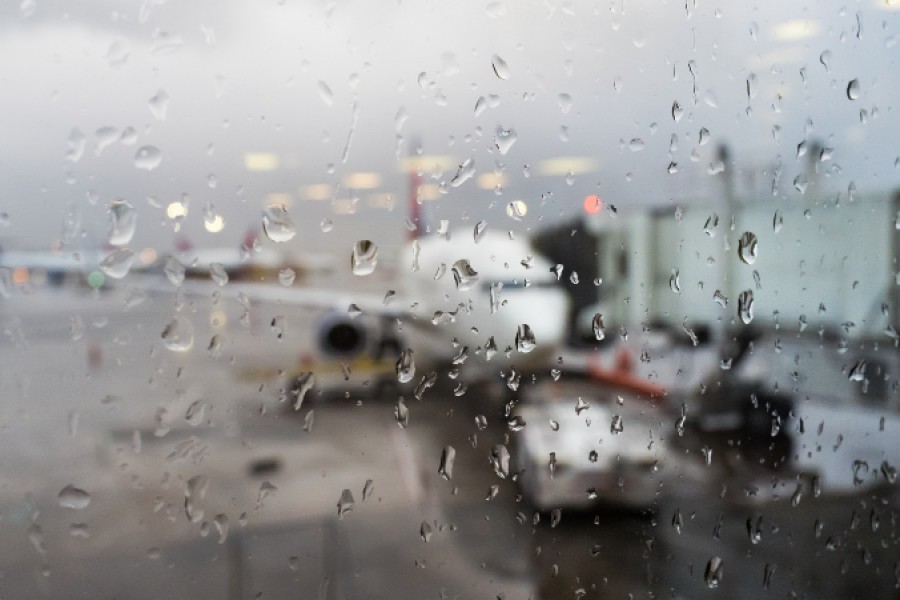- Civil Aircrafts
- 1 year before
Taking Off a Plane in Rainy Weather: Is It Safe?
Safely navigate rainy takeoffs: Discover how technology and pilot skill ensure aircraft safety in adverse weather conditions and more in this article
-

- 1 year before
- Category: Civil Aircrafts

Plane Takeoff in Rainy Weather
Air Travel in rainy weather can be a cause for concern for many passengers. But the aviation industry has the technology and protocols to ensure aircraft are safely ventilated in rainy, windy, and various meteorological conditions. Advanced radar systems, autopilot systems, and water-resistant materials allow aircraft to safely take off even in rainy weather.Flight Safety and Weather Conditions
Since flight safety is always a top priority, air traffic controllers and pilots carefully analyze the current weather when preparing aircraft for takeoff. Heavy rains can reduce visibility and alter wind conditions, which require the implementation of special procedures for aircraft takeoff. But modern aircraft are designed to perform reliably even in rainy and windy weather
Technology and Pilot Expertise
Pilots go through intensive training and certification processes and specialize in safely navigating aircraft in all weather situations. Autopilot and instrumental flight rules (IFR) guide pilots in moments when visibility is low. These capabilities and technologies contribute to the possibility of non-stop flights even in rainy weather.
Rain and its Effect on Aircraft Performance
Rain can affect the aerodynamic structure of the aircraft; puddles on the wings can disrupt airflow and reduce the lifting force required during takeoff. However, the design and maintenance of the aircraft are carried out in such a way as to minimize such negative effects. Special coatings and designs on the wings ensure the rapid removal of water, which preserves performance during takeoff and landing.





